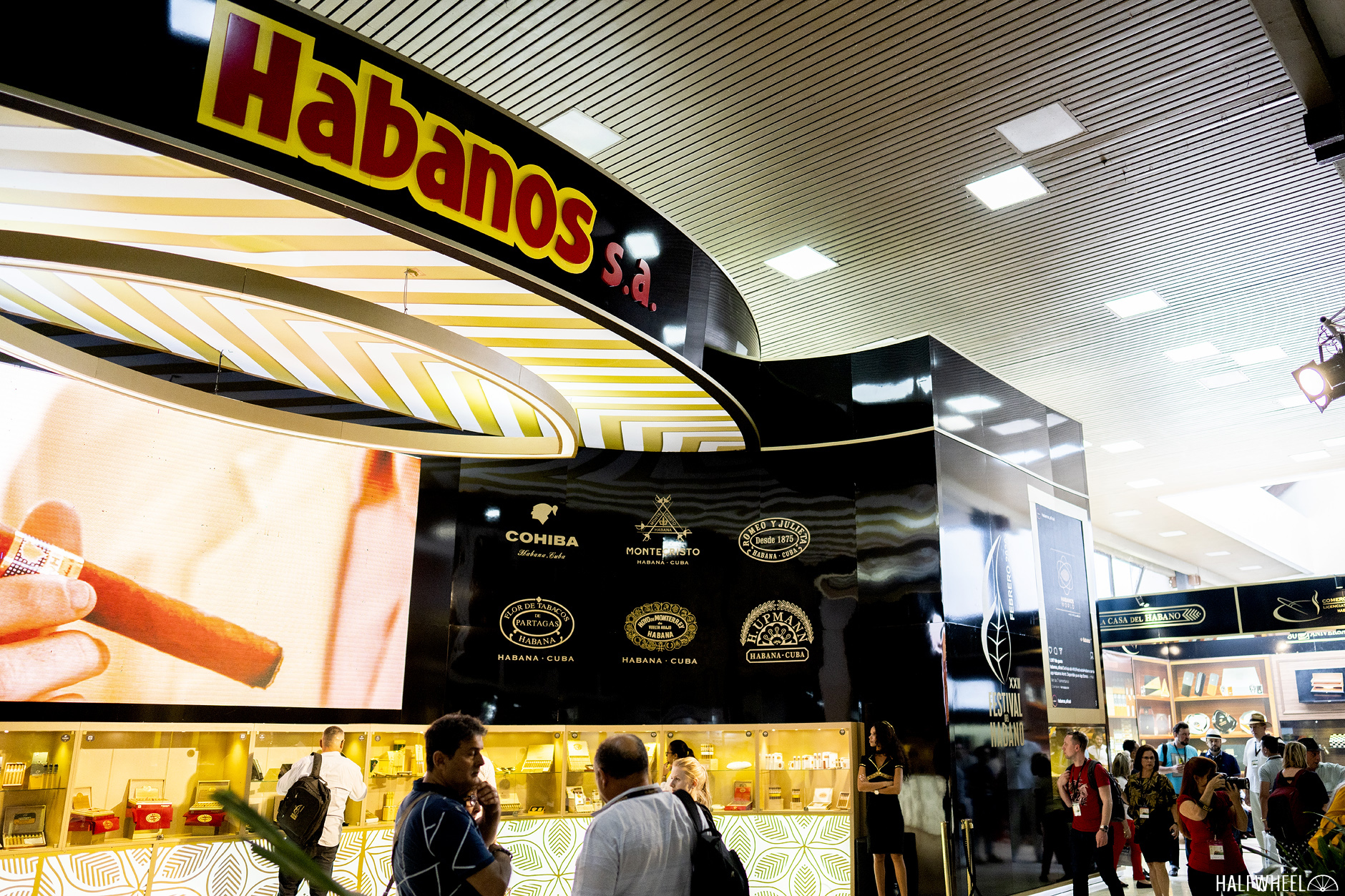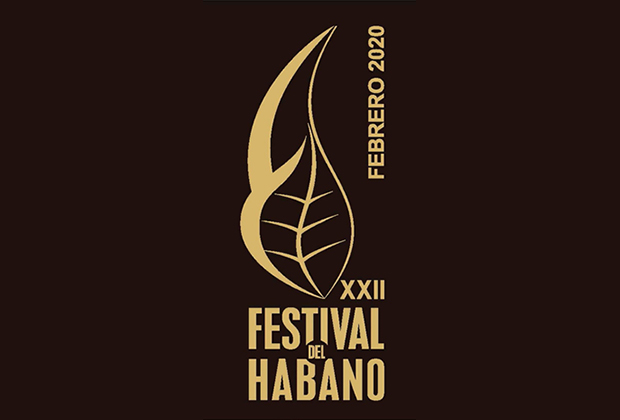After going to bed a bit earlier than normal when I am in Cuba—if 1 a.m. could ever be called “early”—I woke up four hours later to get a post done before the day really started. Breakfast was at 8, then it was time to start the process of getting press credentials since the office was closed on Sunday by the time I got out of the airport.
To that end, the first stop was the International Press Center, where the official country of Cuba press credentials are issued. Since I had already been approved for a D-6 Journalist visa, I just had to spend some time waiting, fill out some paperwork and hand over 75 CUC—which stands for Cuban convertible peso, one of two official currencies in the country—was all that was needed, and I was on my way back to take care of the second part of the process.
Although I was in possession of the aforementioned Cuban journalist pass, another separate hurdle still remained, namely the press credentials for the festival itself which are issued every year by Habanos S.A. In years past the process had been particularly problematic—in 2017 it took almost four hours of waiting to procure one—but this year, it could not have been easier and I was in and out with my passes in less than 15 minutes.
From there I walked across the street to the Hotel Palco, where the Festival del Habano has been held ever since I started coming to Cuba.
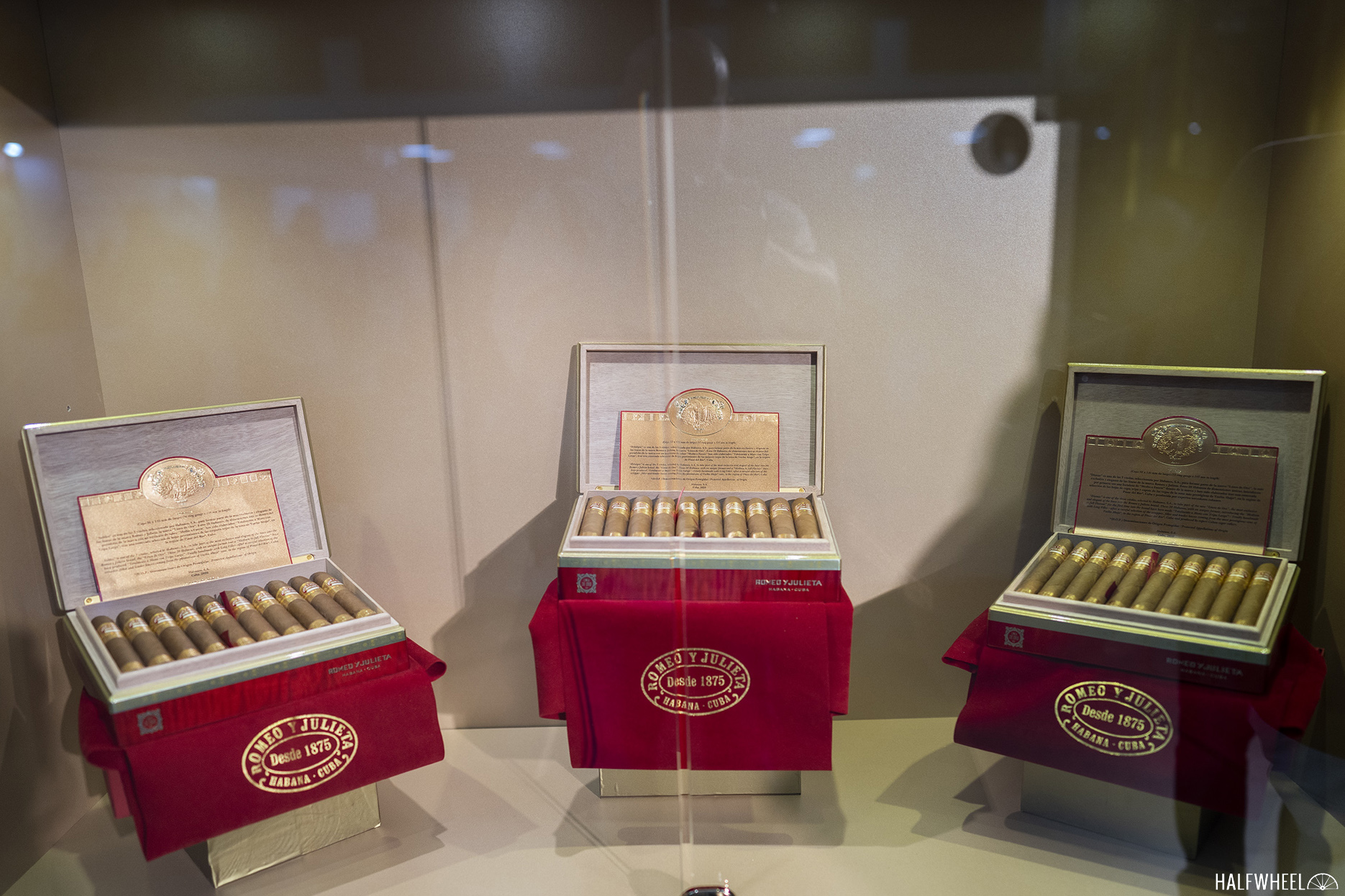
Although the entire credential process took long enough that I missed the official press conference, I did get there in time to photograph some of the cigars being released like the Romeo y Julieta Linea Oro line, which occupies the central spot in the main part of the large display that Habanos S.A. erects every year.
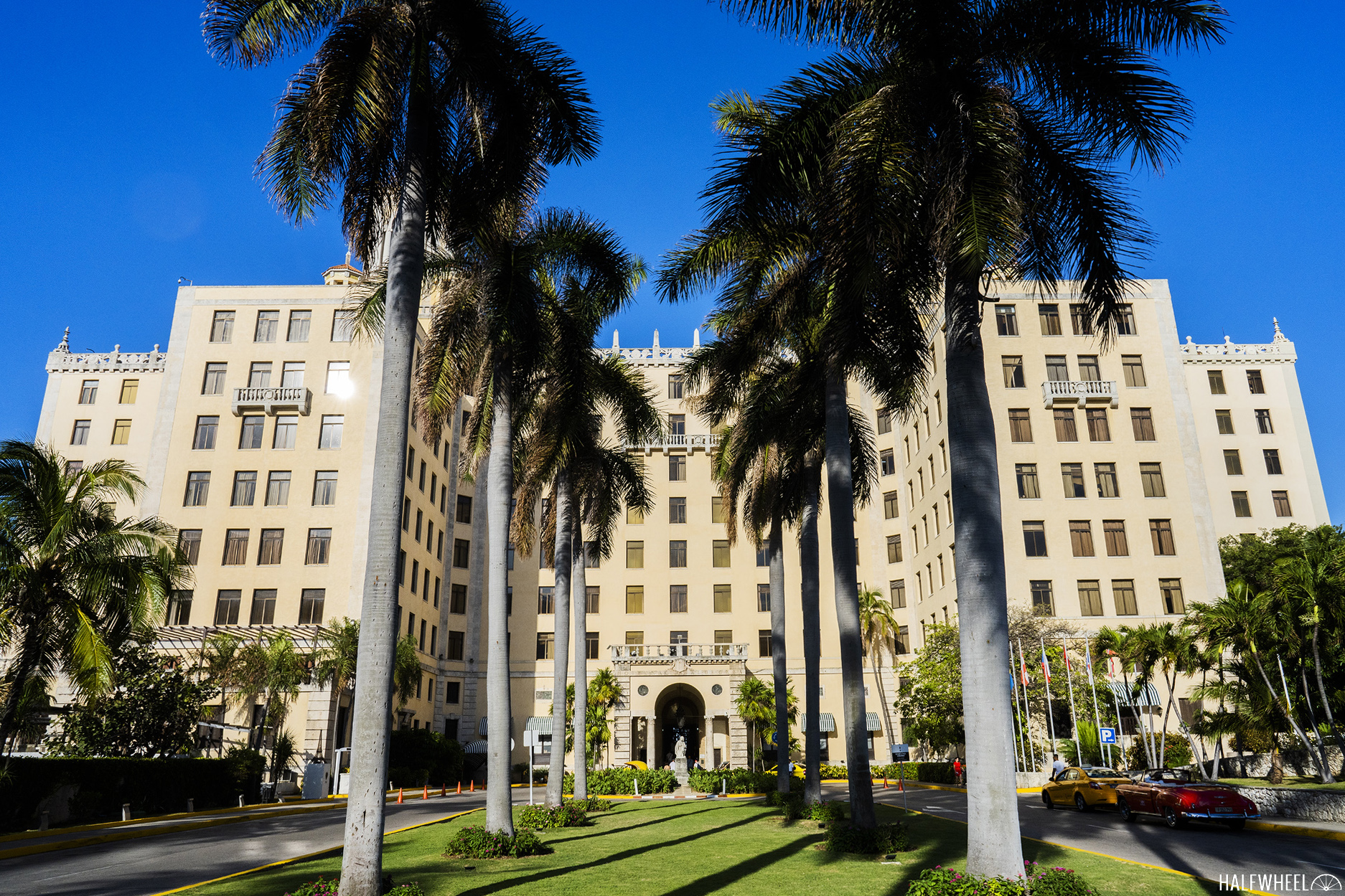
After walking around the trade show a little bit to get a feel for what vendors may have changed, I decided to pay a visit to one of Havana’s most famous buildings: the Hotel Nacional de Cuba. Built in 1930, the historic hotel sits on top of the Hill of Taganana, the original site of the Santa Clara Battery.
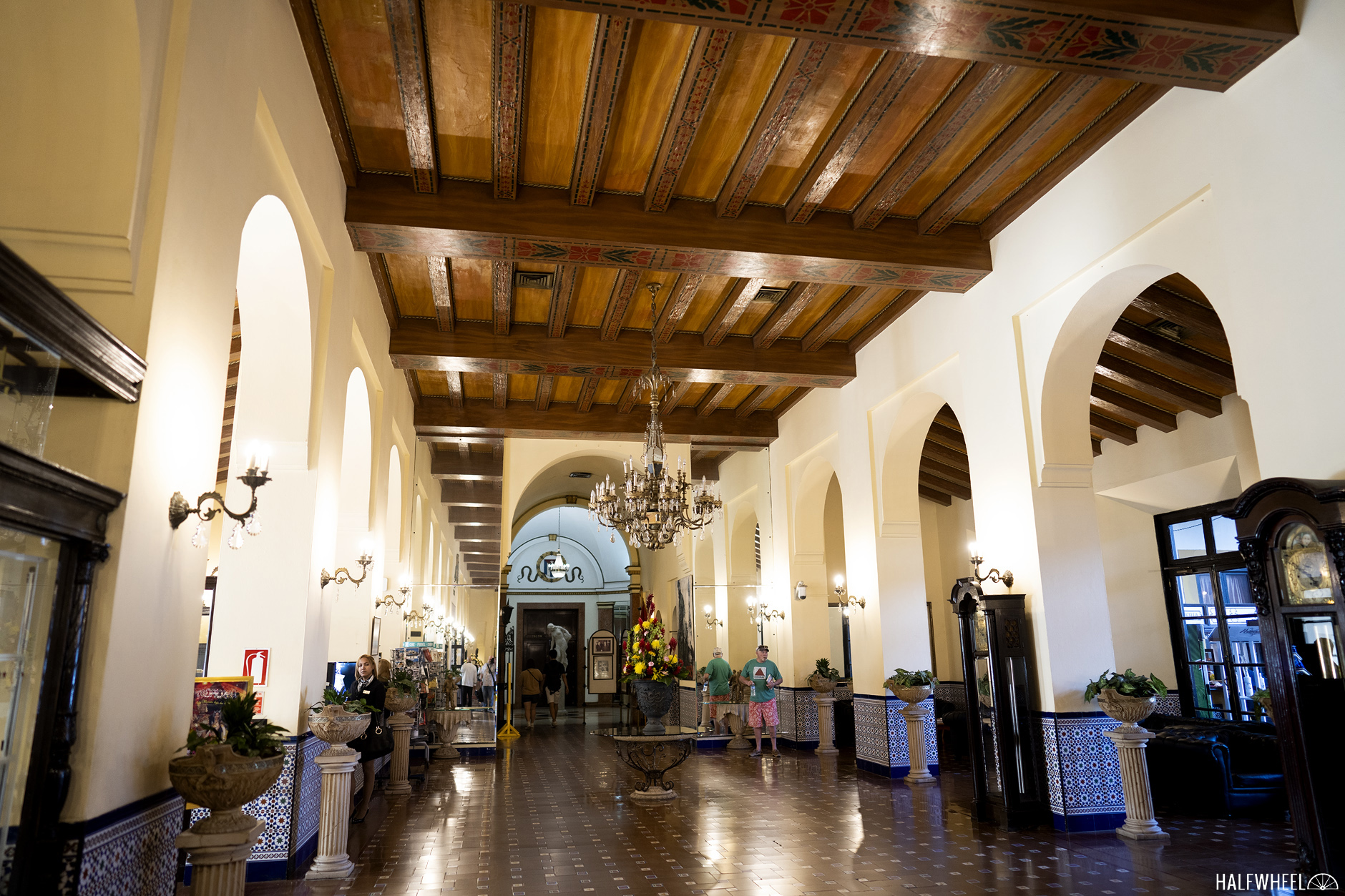
In fact, a small but very obvious section of the battery is still visible inside of the hotel’s gardens, including two extremely large cannons that used to protect the island from invaders in the 19th century.
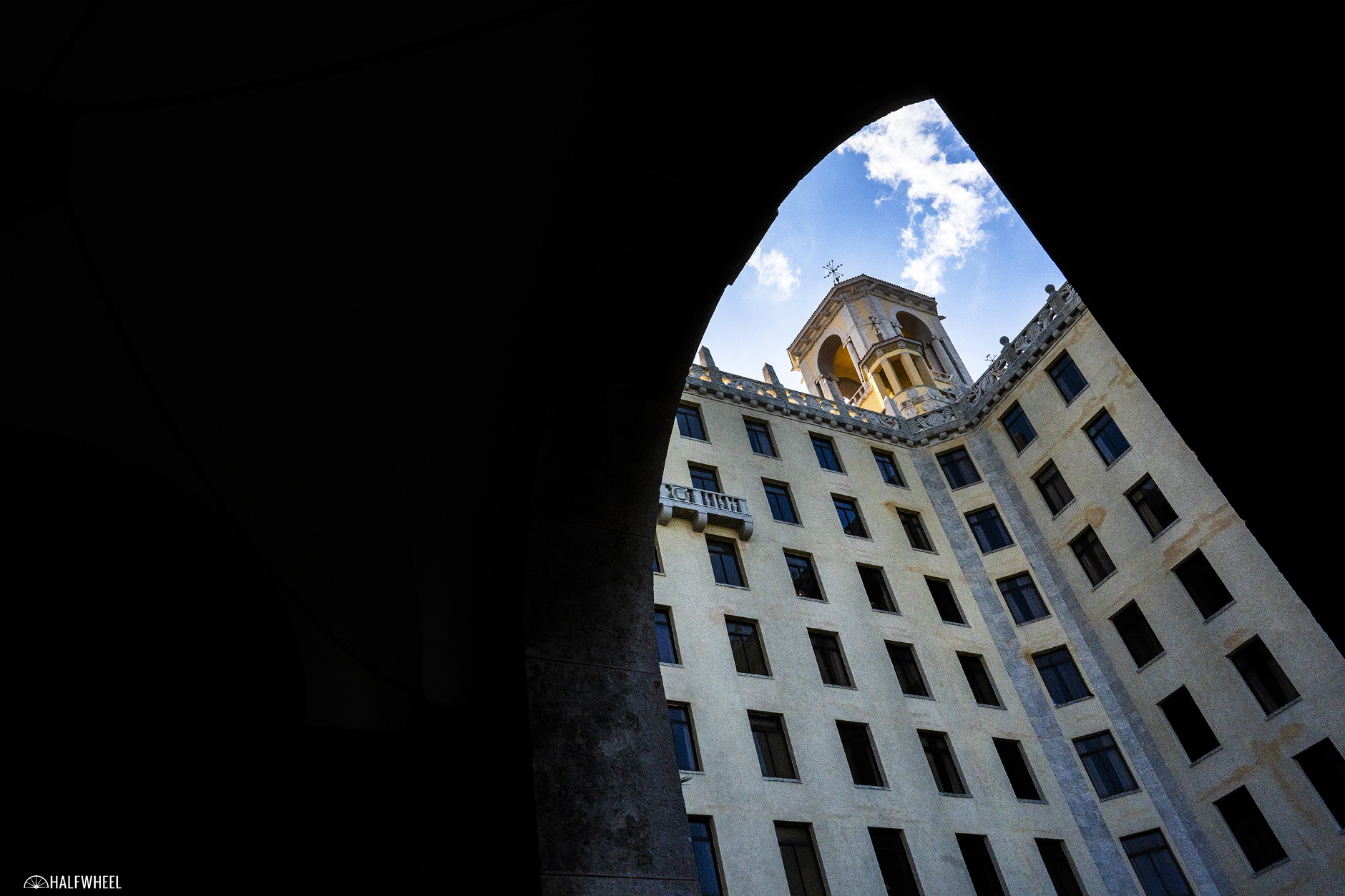
While the hotel has an extremely impressive history—including a very long list of events and visiting celebrities—for cigar lovers, it is mostly known for three things: the amazing back porch, the mojitos you can drink on that back porch and the La Casa del Habano located in the basement where you can buy cigars to smoke on the back porch.
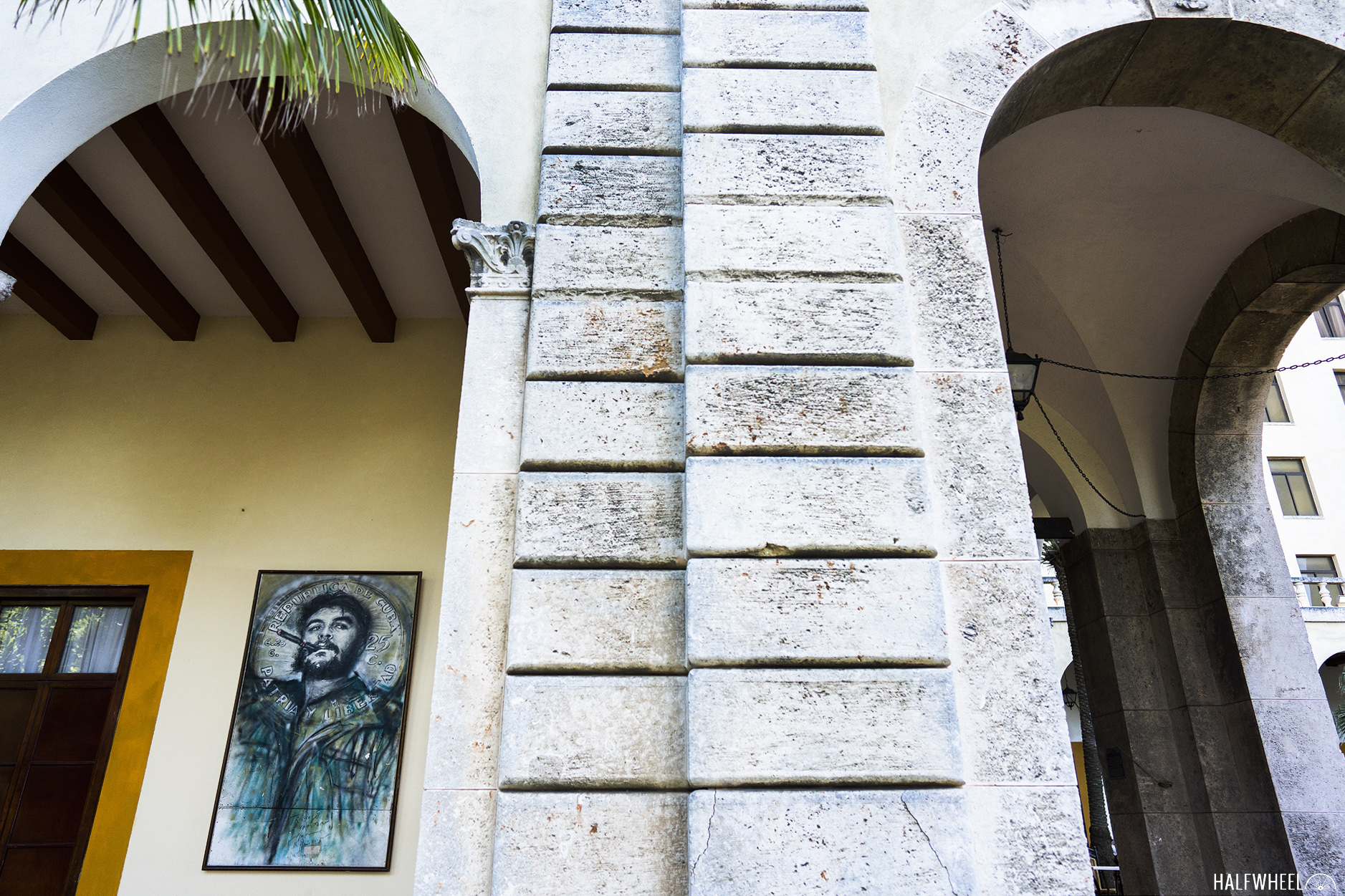
After enjoying a mojito and quick cigar on the back porch, I went downstairs to the cigar store, where I found a number of boxes of the fifth Edición Regional for Cuba in the Punch marca. Named La Isla—which translates to the island—the 4 7/8 x 50 robusto was released last summer and is apparently fairly easy to get on the island at the moment.
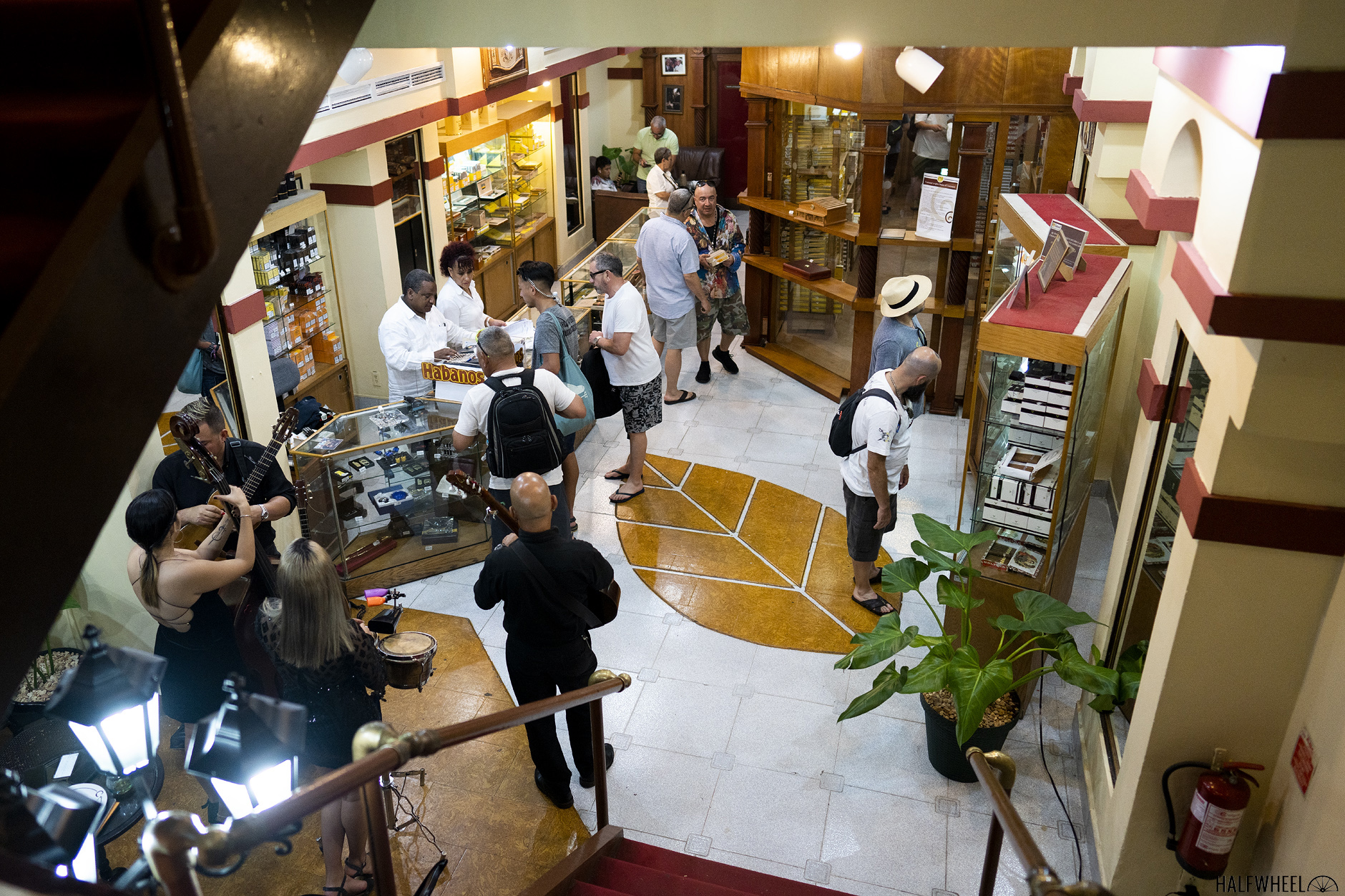
I then took a taxi back to the place we were staying in order to take a shower and get ready for the week’s first major dinner event, taking place on the beach at Club Habana in the western side of Havana. Opened in 1928, the location is gorgeous, with a large front yard and an even larger area behind the historic building that ends right on the ocean.
If that name sounds familiar to long-time readers, it may be because it was the location of the “eventful” launch of the H. Upmann Sir Winston Gran Reserva Cosecha 2011 in 2017, which was delayed for almost two hours after an unexpected monsoon closed the beach section of the event and all but one of the musical acts that were scheduled to perform were canceled.
Thankfully, the weather was virtually perfect for this year’s debut of the Bolívar Reserva Cosecha 2016, which is rolled with tobacco from the 2016 harvest. The Bolívar name and logo was everywhere as we were let onto the grounds, with balloons lining a walkway and food stations in plentiful supply around the edges of the outdoor space.

After a few speeches, the night’s first surprise made itself known in a big way, as the main balloon unexpectedly began glowing a slew of different colors as it lifted into the air behind the crown of attendees. As if that was not enough, it soon became apparent that there was an acrobat attached to a gyroscope-type harness that allowed her body to move in almost every direction as the balloon slowly rose and descended multiple times as it made its way towards the main building.
When the balloon reached that main building, it rose to the level of the large balcony—where the acrobat handed over a box of the Bolívar cigars being celebrated at the event—then depended enough to allow the acrobat to interact with members of the crowd that had just been allowed to pass through to the back of the building, where the main event was taking place.
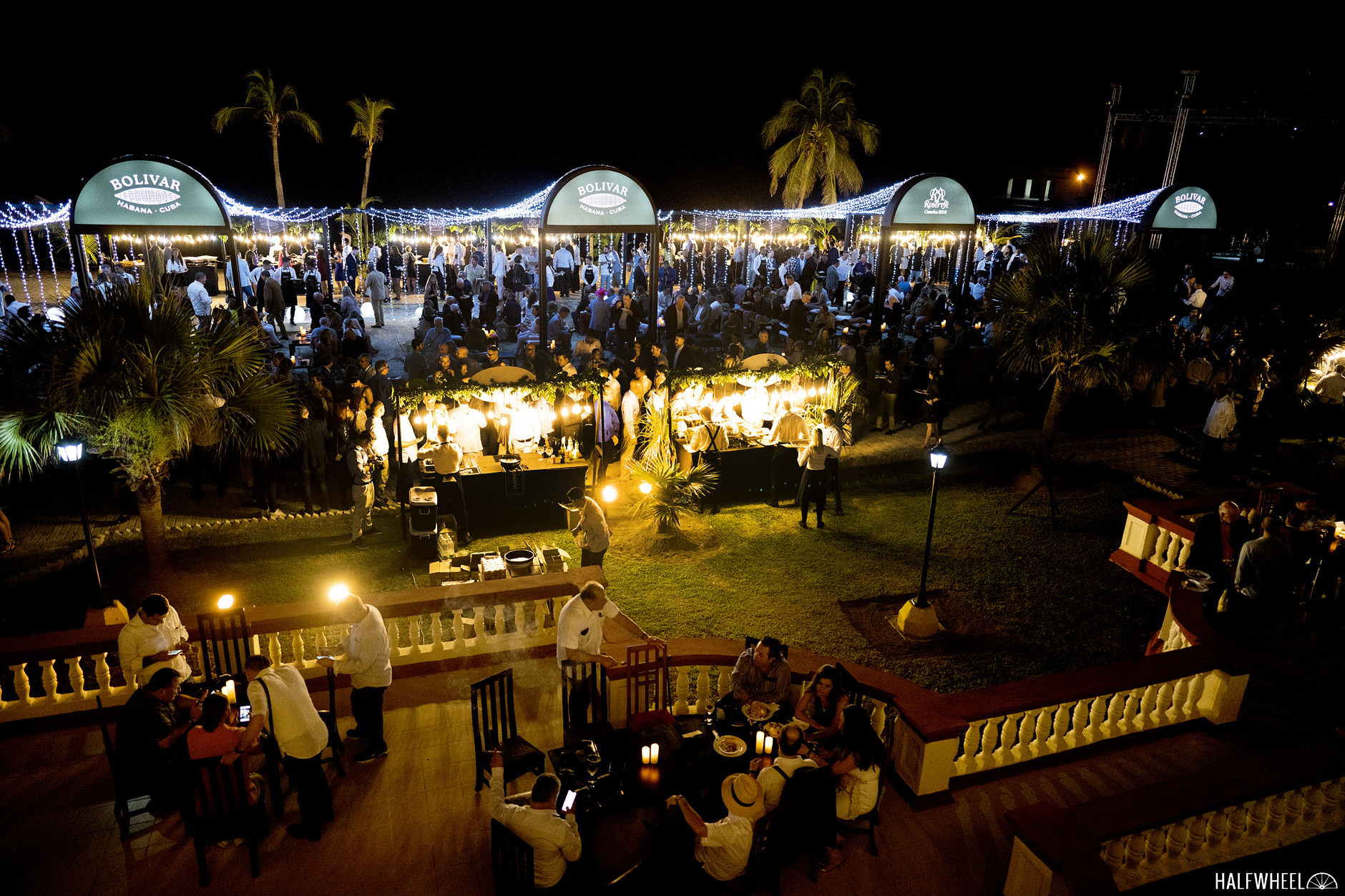
That main event was massive in scope when seen for the first time, with almost thirty food stations and bars serving many different kinds of foods, drinks and desserts. In addition, there were photo booths for the guests and multiple musical acts performing throughout the night.
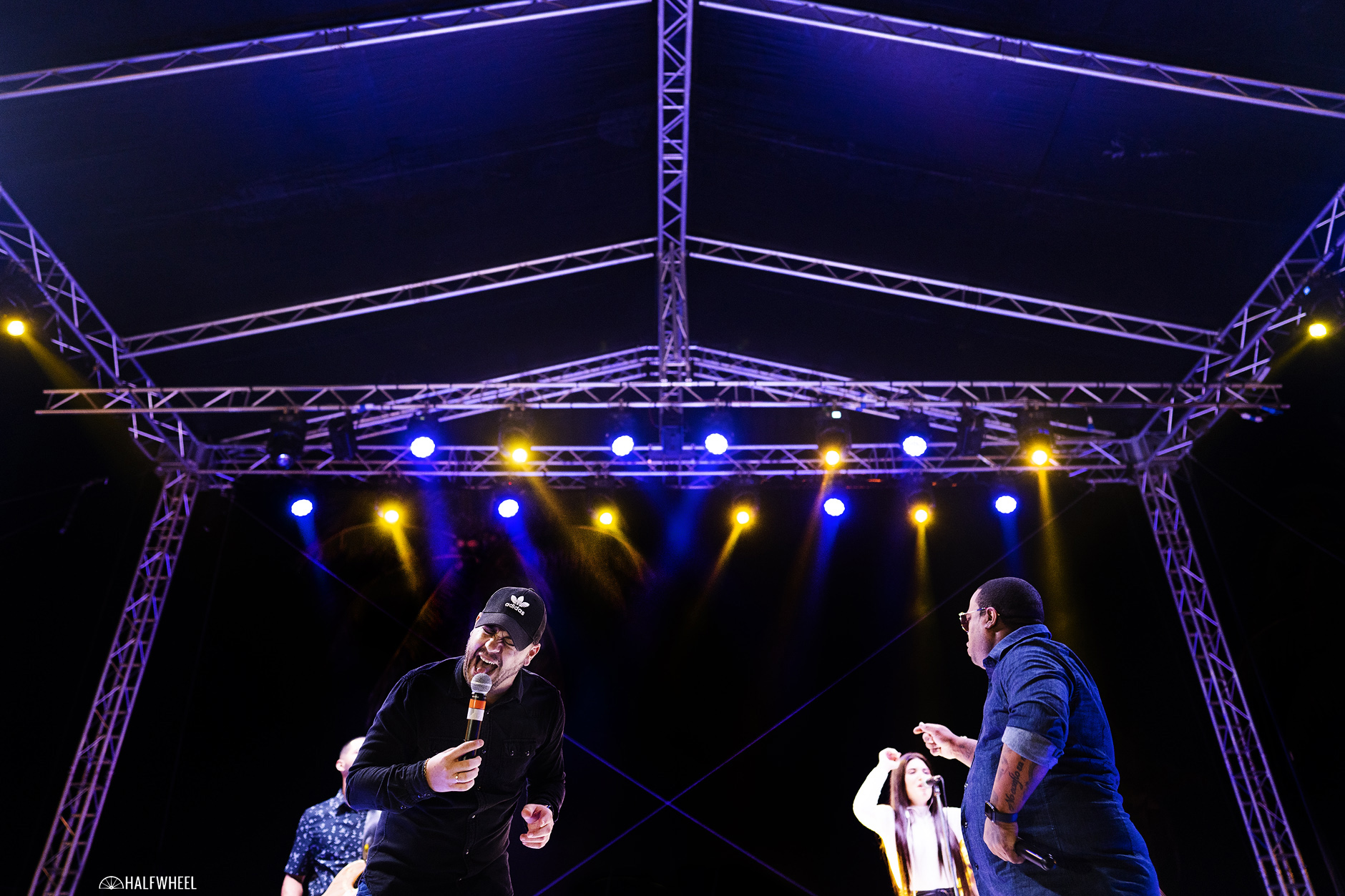
However, there was one major change from previous years events: instead of getting a coffin of the cigars debuting at the show as attendees entered the event, they were given two other Bolívar cigars to smoke and a ticket that was redeemed for the coffin as they left. Inside the glossy black coffin—a very familiar sight to people who have attended past Habanos Festivals—were two Bolívar Belicosos Finos Reserva Cosecha 2016 cigars.
After a nice night of cigars, food and entertainment, it was time to go back to the Casa Particular to get some work done before an early start for Day 2 of the festival.

